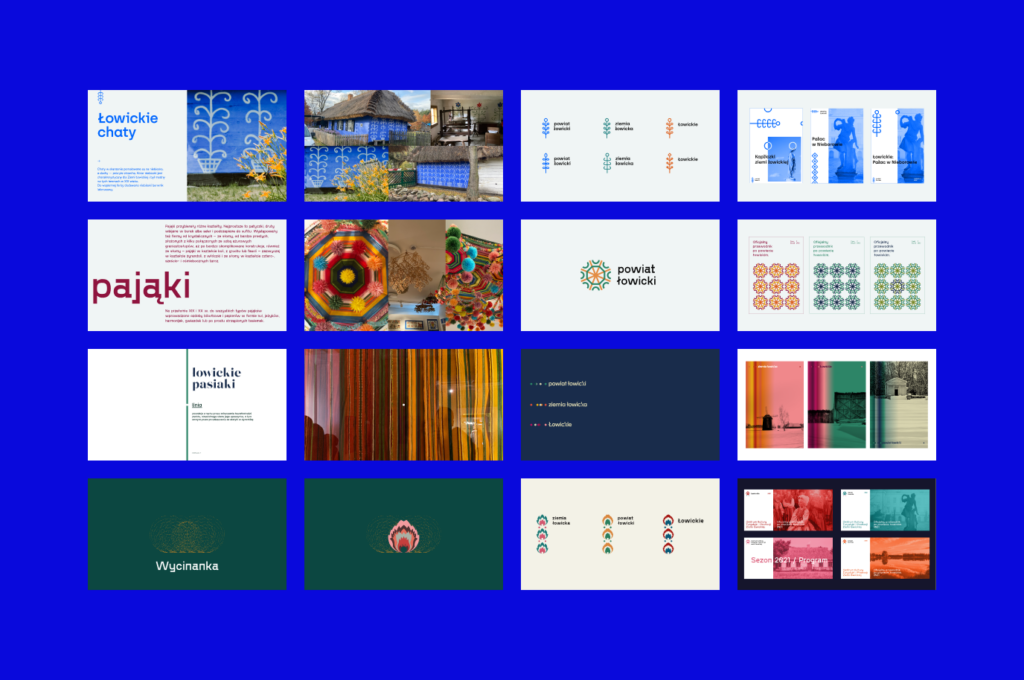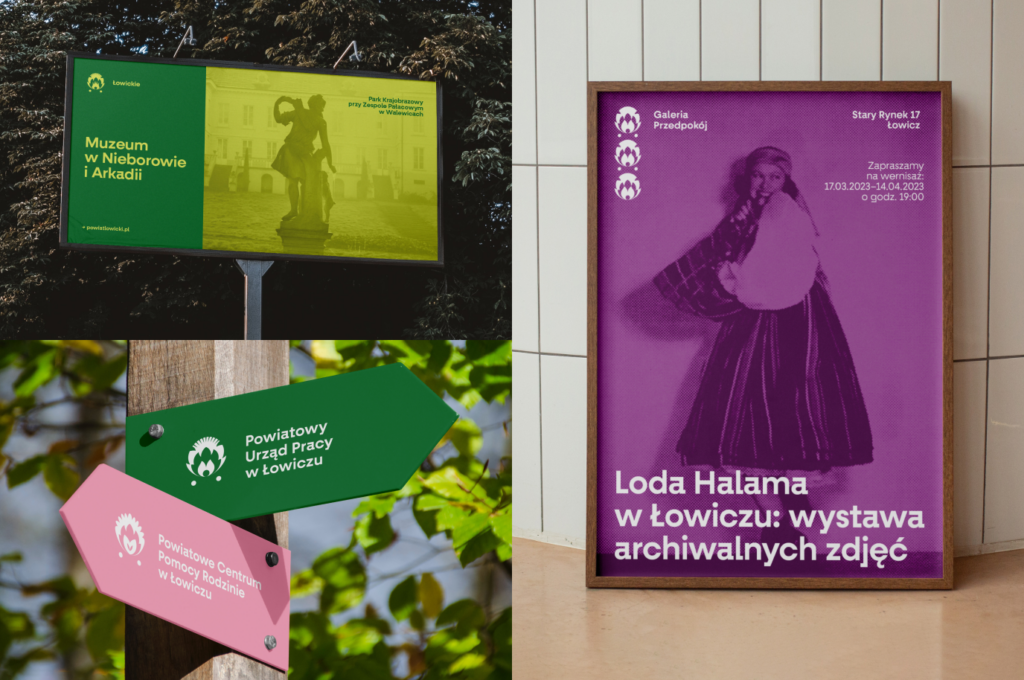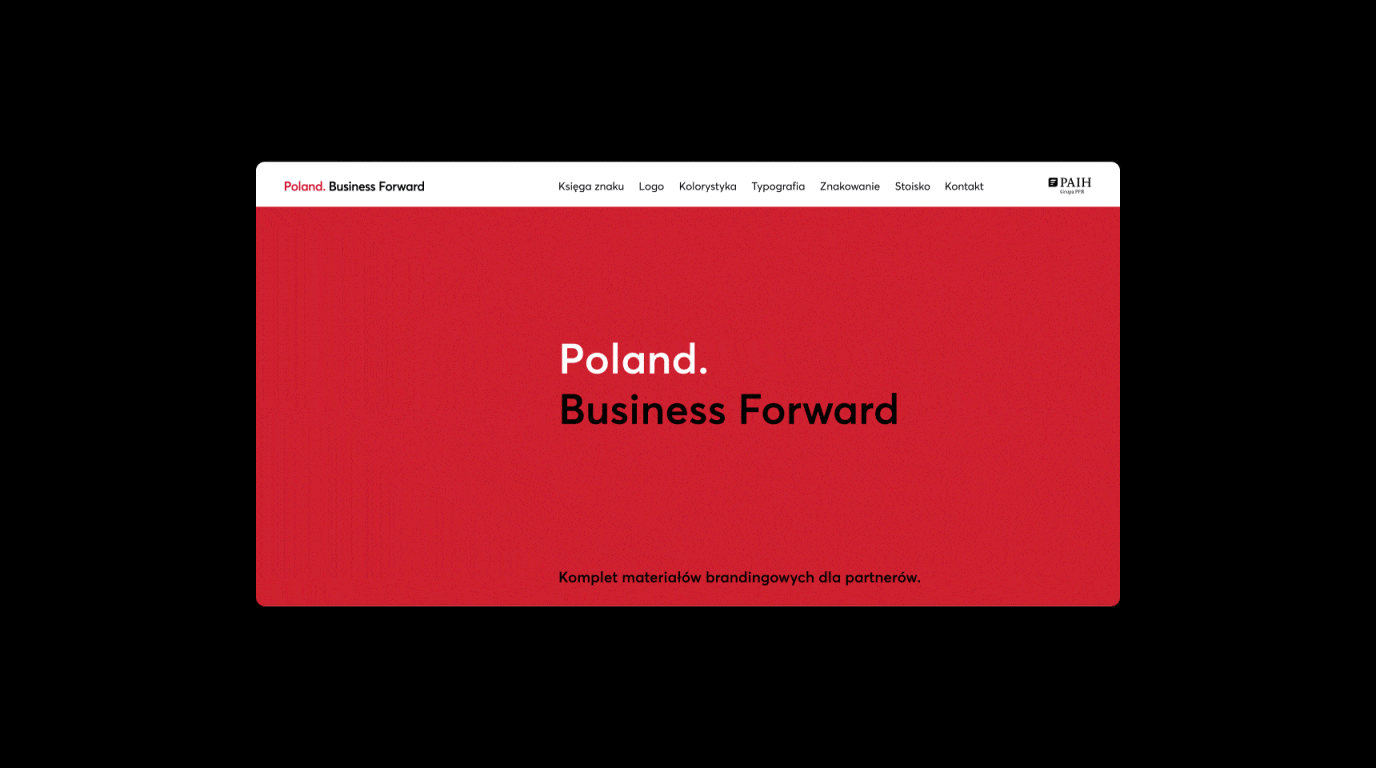Design System is one of the catchier terms in recent years.
No items found!
How does it differ from classical branding as in a corporate identity system? When is it worth investing in it? And above all – what do we order?
Where did it come from?
Design system is not just a term from graphics, but primarily from interface design. It is the documentation of digital designs that are constantly developed and live both in the public version and on the computers of specialists. Design system helps build and develop large systems, ensuring that teams are consistent and efficient, and that user behavior is consistently built.
Can we apply this approach to branding design?
Definitely yes, if
- we want the branding to be functional
- we want to make life easier for our audience
- we work on branding and its implementation as a team
- we can act consistently
Design System vs. Branding
Design system can play a key role in branding. As in app design, the goal is functionality, making life easier for the audience and working as a team. Adopting this systemic approach in branding is key to design consistency.
And what does this look like in practice and naming? At Leniva° Studio, the visual branding design process (preceded by a strategy) looks as follows:
- Development of moodboards – possible visual directions, consistent with the strategy
- Development of Look&Feel (first presentation of the concept to the client)
- Development of materials – Templates / KV
- Development of Documentation (Brandbook/ Brand Guidelines)
- Development of a Library of materials (Design System)
Look&Feel is a presentation of how visual identity is supposed to work. It is a presentation of the concept on specific examples but also by impression. On this basis, we choose a creative line

Key visual is, in our understanding, the implementation of the concept with specific examples. After choosing the line, we show how it will work – from small formats to the largest ones.

The individual elements of key visual are prepared as templates for further work.
Brandbook is the documentation of all materials. We also propose to develop a brandspace, which is an online service where all these rules and materials are stored in one place, with open or passworded access.

And the design system?
Design system is, on the one hand, thinking holistically about branding and developing a system scalable enough to secure all needs diagnosed now and assumed in the future. That is – building sub-brands, brand development, occasional communications, etc. On the other hand – it is to look in detail at the components of the identity and build it in such a way that further elements can be developed.
In practice, the design system includes all design guides, tokens (colors, spacing, typography elements) and component libraries. The use of such a system makes it possible to work effectively and consistently on various elements of visual identity, from logos to complex brand architecture. To put it simply – handing over the design system in the model sense is, in addition to the concept, examples, documentation and templates, also a library of component materials and training in their use.
The difference between design system and traditional branding lies in the depth and breadth of elaboration. Design system treats branding as a service rather than a product, focusing on functionality and ease of use.
Design system is not just a tool for creating a consistent visual identity. It is a way of thinking that contributes to efficiency, consistency and flexibility in brand design. It is worth remembering that when ordering a corporate identity, it is crucial to understand exactly what we expect from a design system. This systems approach is essential, especially when branding is to be applied in different contexts and in different ways.
